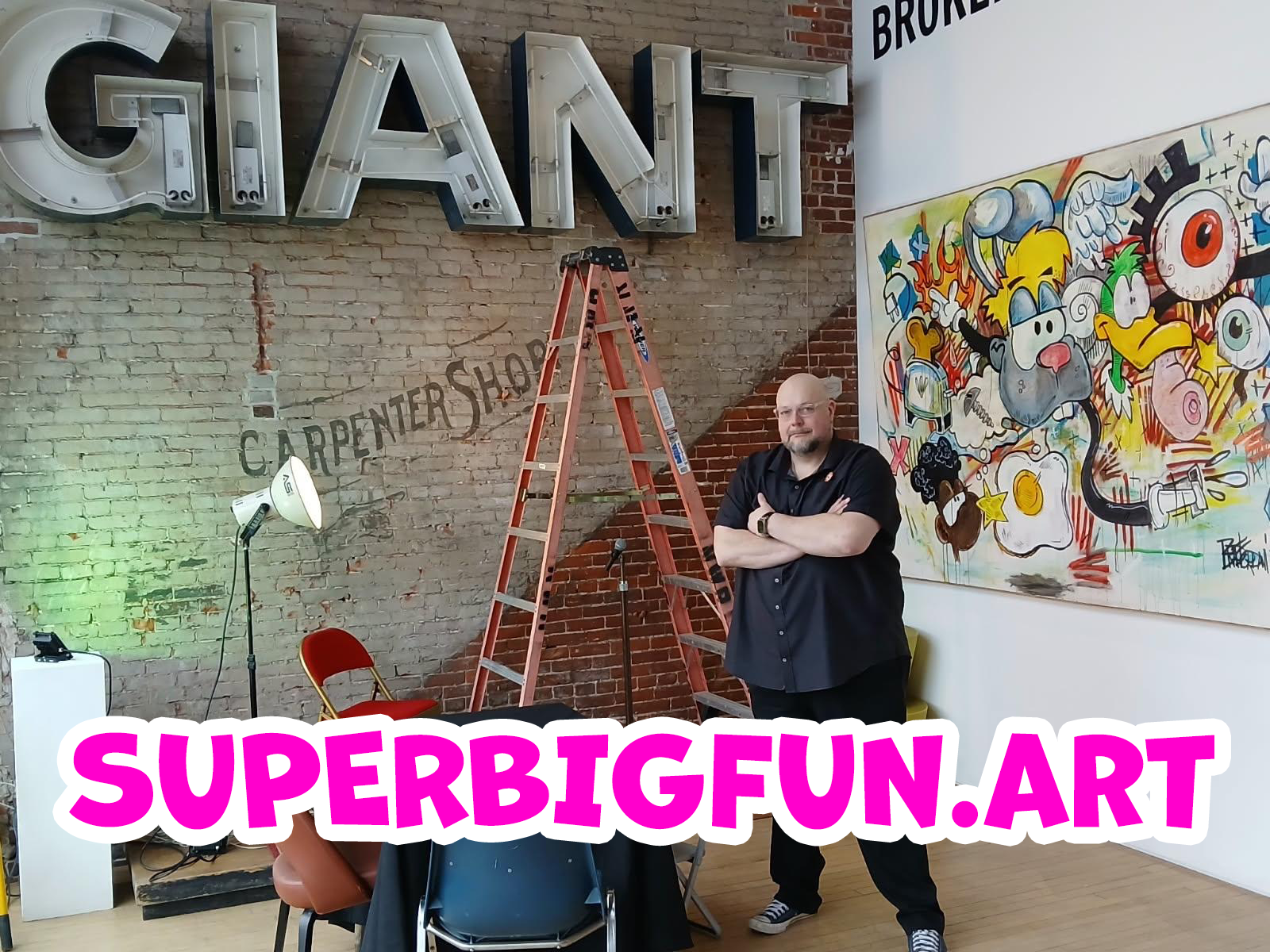Art Meets Algorithm:
Brad Ford and the Data-Driven Exhibits of Open FEED
Erie, PA - In an age saturated with digital information, curator Brad Ford and the FEED Media Art Center (@Feed.Art) are pioneering a new frontier in exhibition design through the Open FEED residency program. This initiative not only supports media artists but also redefines the relationship between artistic creation and scientific data, forging immersive, thought-provoking exhibits.
Brad Ford FEED Gallerist+
Susan Snipes : Waiting for your Response. An interactive reflection of the human condition and human connections.
FEED Media Art Center, located in Erie, Pennsylvania, has established itself as an innovative hub, dedicated to exploring the dynamic landscape of media arts. The Open FEED program is a global call for digital artists, offering both exhibition opportunities and a unique onsite residency designed for media artists to prototype and finish artworks utilizing FEED’s advanced resources.
At the heart of FEED's distinctive approach is curator and artist Brad Ford. Known for his own innovative work in "Digital Dada"—a genre that blends the rebellious spirit of classic Dada with the limitless possibilities of digital technology and physical manipulation of screens—Ford brings a unique perspective to exhibition development. His practice often involves manipulating visual information and digital media to create what he calls "digital sculpture," an aesthetic that naturally lends itself to data-driven conceptualization.
The Open FEED Process: A Nexus of Art and Science
The residency’s most compelling aspect is the process by which Ford and the center encourage artists to integrate scientific and technical data into their creative work. While the residency is intentionally open to diverse themes, the center's focus on innovative technology and its role as an "idea incubator" drives a particular engagement with complex information.
Artist Jessica Reisch brought her unique perspective to the OPENFEED residency. Emphasizing rhizomatic networked connections, her soundscapes and immersive installations draw on highly sensitive microphones in conjunction with transducer speakers and projections to engage with the surrounding environment with a depth usually overlooked by humans. This piece will combine audio recordings that reveal the unheard ecosystems of Lake Erie with footage and imagery that grounds these sounds in place and time.
The process of combining artist and scientific data generally follows a path that encourages the synthesis of disparate information streams:
Data Sourcing and Conceptualization: Artists are often encouraged to identify a source of technical, scientific, or even large social data sets—anything from environmental sensor readings to public-domain biological research, or even the artists’ own generated software data.
Algorithmic and Media Transformation: The artist then uses digital tools, coding, and media art techniques (such as generative art, interactive installations, or sound art) to translate this raw data into a sensory, aesthetic experience. The data is not merely represented; it is often used as the engine that drives the artwork's form, movement, and sound.
Physical and Digital Synthesis: Consistent with Ford's "Digital Dada" ethos, the final exhibits often transcend pure digital display. Artists leverage FEED’s resources—advanced technology, high ceilings, and unique architecture—to create installations that blur the line between virtual and physical space, grounding the abstract data in a palpable environment.
This method allows the exhibits to offer a deeper, more visceral engagement with information that might otherwise remain confined to scientific journals or databases. By translating objective data into subjective experience, the Open FEED residency successfully challenges viewers to contemplate complex issues—be it environmental, technological, or social—through the lens of artistic beauty and disruption.
In an art world increasingly defined by its engagement with technology, Brad Ford and the Open FEED residency at FEED.Art are not just showcasing digital art; they are demonstrating a powerful new methodology for contemporary exhibition—one where the artist acts as a translator, turning the quiet hum of data into a resonant, public dialogue.


